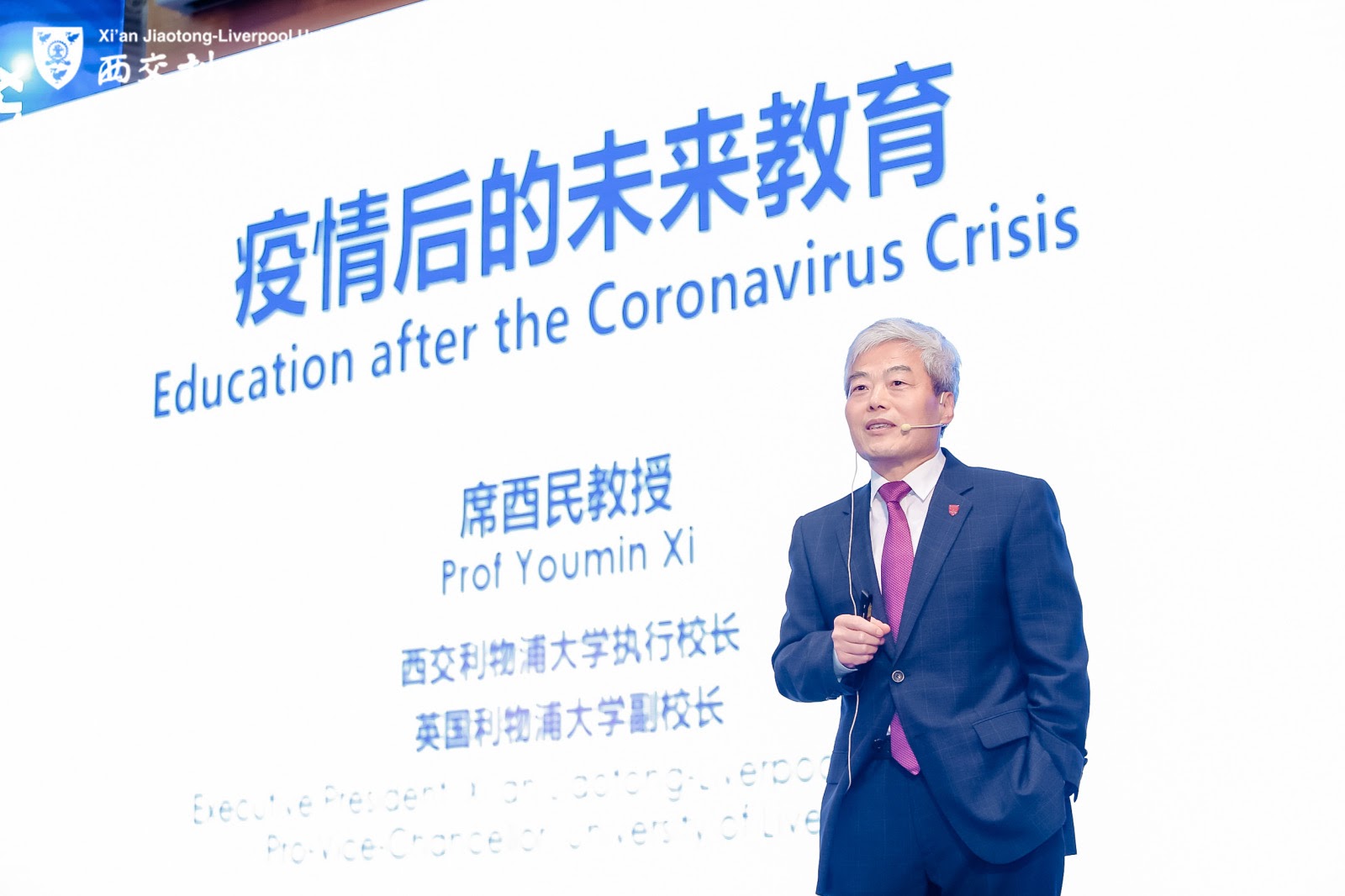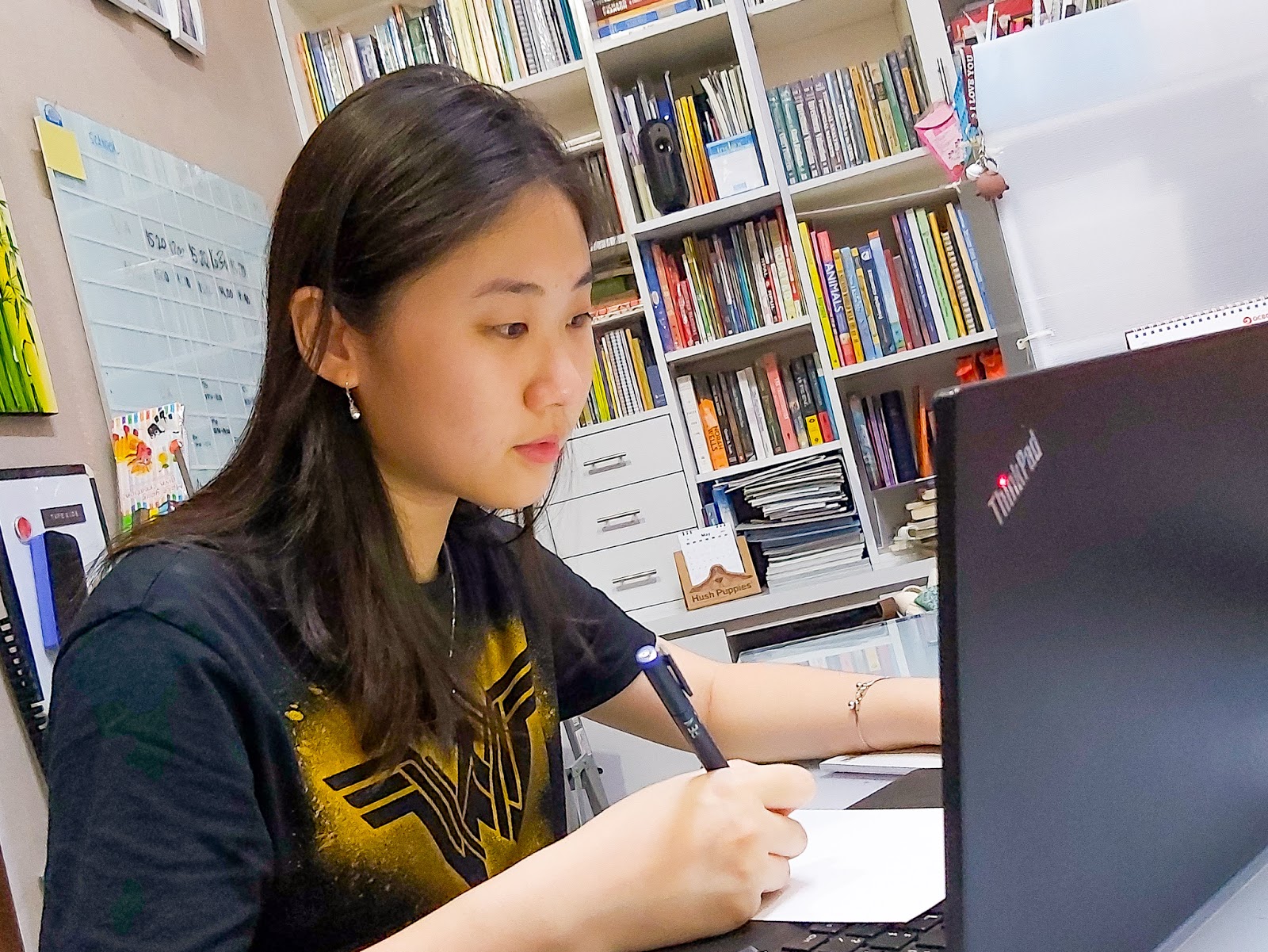COVID-19: A turning point for international higher education?

In only a few tumultuous months, the ongoing COVID-19 pandemic has completely changed the face of higher education. But besides inspiring a proliferation of virtual classrooms, it has also brought a string of longer-term trends and concerns to the forefront of the international higher-education industry.

This article is brought to you by Xi’an Jiaotong-Liverpool University, a leading international joint venture university based in Suzhou, Jiangsu, China.
In only a few tumultuous months, the ongoing COVID-19 pandemic has completely changed the face of higher education. With students being affected by stay-at-home orders and travel restrictions, colleges and universities around the world have been thrown into uncertain waters as they are forced to make an emergency switch to online education and create new modes of teaching to keep students engaged.
But besides inspiring a proliferation of virtual classrooms, the coronavirus has also brought a string of longer-term trends and concerns to the forefront of the international higher-education industry, including a potential decline in applications, growing demands for micro degrees, and the necessity of redefining the value of higher education.
These are some of the major topics highlighted in a panel discussion at this year’s Going Global conference, one of the largest conferences for leaders in international education. Organized by the British Council, the virtual multi-day event has seen a host of experienced educators and high-level policy makers from different countries having thought-provoking conversations about a wide range of subjects.
Could remote learning become the new norm?
For years, there has been a lot of discussion on the implications of technology on the future of education. But up until last year, online education was relegated to the equivalent of a recreational service at most higher-education institutions. With the pandemic, it suddenly has advanced into the mainstream.
In their transitions from physical classrooms to virtual teaching, some universities stumbled, and some — with years of experience in technology-powered education — made the shift with less disruption.
“The pandemic sped up the timeline of our plans to move toward a new learning ecosystem,” said Professor Youmin Xi, the executive president of Xi’an Jiaotong-Liverpool University (XJTLU). “It is one that blends the best of online and onsite education methodologies and therefore increases opportunities for more people to engage in higher education.”
Xi is one of the panelists who participated in the Going Global conference in 2020. Joined by four other international education leaders, Xi offered his insights on the challenges and opportunities facing universities in the age of COVID-19.
“In the face of crises and new situations, individuals and organizations are presented with valuable opportunities to boldly innovate and plan for future transformation,” Xi added.
At the outset of the pandemic, XJTLU quickly embraced remote education and created an online teaching platform specifically designed to meet the educational needs of more than 6,000 students. As the transition proceeded, XJTLU launched Learning Mall, an online community where top global partners can share their learning content for users to consume.
“[The platform] integrates online resources internationally, to deliver a learning ecosystem, a new model for future hybrid online-onsite teaching,” Xi explained.
Fellow panelists agreed that after the pandemic, universities around the world will likely end up in a position where they are expected to offer a whole variety of learning experiences, and that online courses will continue to play a crucial role in curriculum.
“I really like the idea of a learning mall and I applaud Professor Xi and his university for being so forward-thinking. It provides students with choice,” said Dr. Elizabeth Lee, the CEO of Sunway University in Malaysia.

The trend of universities exploring digital tools in their delivery is bound to accelerate the integration of technology in higher education, but the majority of the panelists agreed that it’s too soon to predict that virtual classrooms would make in-person lectures totally obsolete in a post-COVID-19 world. Instead, they suggested that the future of higher education depends on blended learning, a combination of remote education and on-campus experience.
It is also the hope of many students who are resistant to the idea of relinquishing real-world campuses for cyberspace en masse. Vionna Fiducia, a XJTLU student who has been studying at her home in Indonesia since the start of this year, recognized the strengths of both online and onsite delivery.
“I think both online learning and offline learning could be combined in order to make a flipped classroom for the campus, in which the student can watch material at their own pace and in their choice of environment such as a dorm/café/library/etc., so that when they go to campus, they will be ready to have discussions and ask relevant questions of their teachers,” she said. “I really think that utilizing the best features of each type of learning method is possible because XJTLU already has everything they need to make their already good learning experience even better for the future.”
Financial impacts of COVID-19 on international higher education
Meanwhile, the pandemic and the global recession that’s all but certain to follow are slated to pose some serious economic threats to universities, especially those that rely heavily on wealthy international students to balance budgets.
Facing great uncertainty around financial prospects and visas, a significant number of international students are looking to deter or cancel their study plans abroad. In April, the American Council on Education, a trade group, projected that international enrollment would drop by 25%, causing a $23 billion revenue loss.
“There are a lot of unknowns about how quickly the economic growth could come back and this could be a significant fact that weighs on the minds of international students and their study decisions,” said Matt Durnin, the moderator of the panel, who is the head of research and consultancy for the British Council in East Asia.
In a preemptive move to avoid a drop in international enrollment, Laurie Pearcey, pro vice-chancellor at the University of New South Wales in Australia, noted that his school was working on a pricing strategy that “really speaks to the market and is able to generate that diversity.”
Price changes might be a temporary fix to the issue, but, in the long run, universities need to find innovative ways to make higher education more affordable and flexible, Xi stated, adding that the possibilities of institutional partnership should be explored more. “In the long term, I’m very positive that the world needs international institutions because they are key to globalization,” Xi said. “It’s crucial to make students feel valued.”






